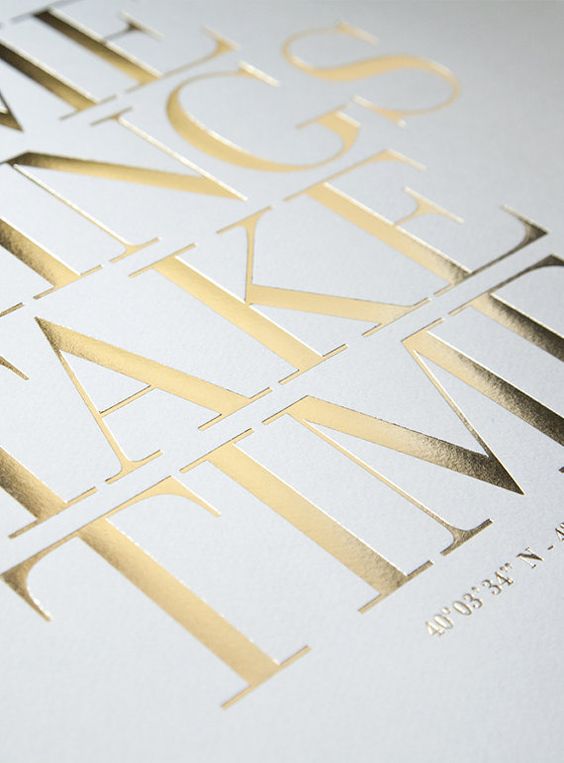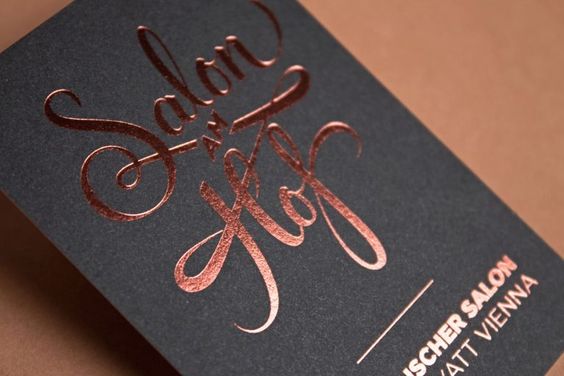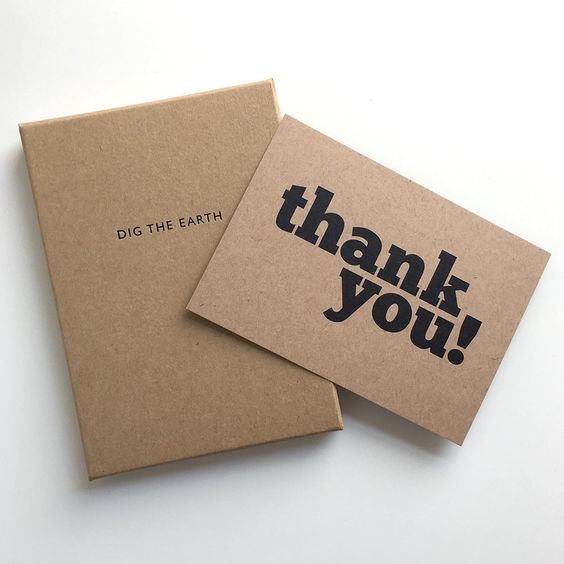Introduction
Hot stamping, or foil stamping, transfers metallic or pigmented foils onto surfaces using heat and pressure. This technique adds elegance and sophistication to printed materials, making it a popular choice in the book and brochure printing industry. In this article, we will delve into the intricacies of hot stamping technology, explore its applications, and offer insights for achieving the best results.

The Hot Stamping Process
Hot stamping is a straightforward yet highly effective process. It starts by preparing a metal die engraved with the desired design. The die heats up, and a foil is placed between it and the substrate (the material to be printed on). Applying pressure activates the foil’s adhesive, bonding it to the substrate and transferring the design.
Equipment Used in Hot Stamping
- Press: The machine that applies heat and pressure to the die and substrate. There are various types, including manual, semi-automatic, and fully automatic machines.
- Dies: Custom-made for each design and can be made from materials such as brass, magnesium, or steel.
- Foils: Available in various colors and finishes, including metallic, pigment, and holographic options.
Types of Hot Stamping Foils
Hot stamping foils are available in a wide range of types, each offering unique visual effects and characteristics:
- Metallic Foils: Silver, gold, bronze, and copper foils provide a shiny, reflective finish.
- Pigment Foils: Offer solid, non-metallic colors and are ideal for applications where a matte or glossy finish is desired.
- Holographic Foils: Create a three-dimensional effect, adding depth and movement to the design.

Applications in Book and Brochure Printing
Hot stamping is widely used to enhance the visual appeal of printed materials. Some typical applications include:
- Cover Embellishments: Add metallic accents to book covers.
- Title and Text Enhancements: Highlight titles and headings for a luxurious feel.
- Decorative Elements: Add borders, patterns, and other elements to enhance design.
Advantages of Hot Stamping
Hot stamping offers several advantages:
- Durability and Longevity: Highly durable and resistant to wear, maintaining appearance over time.
- Versatility in Materials: Usable on paper, leather, plastics, and more.
- Eco-Friendly Aspects: A dry process that doesn’t require inks or solvents.
Silver Stamping: A Spotlight
Silver stamping uses silver foil to create a sleek, modern look. It is trendy in the publishing industry for its sophistication.
Unique Characteristics of Silver Foil
- Reflective Quality: Catches the eye and adds luxury.
- Versatility: Combines with other colors for striking designs.
Popular Uses in Publishing
- Book Covers: Highlights titles and author names.
- Brochures: Accentuates important information for a polished look.
Comparing Hot Stamping to Other Printing Methods
- Embossing creates a raised effect, while hot stamping adds a metallic layer.
- Screen Printing: Uses ink and stencils, offering different colors and textures.
- Digital Printing: Cost-effective for short runs but lacks the appeal of hot stamping.
Tips for Achieving the Best Results
- Design Considerations: Ensure designs are suitable for hot stamping.
- Choosing the Right Foil: Test different foils for the best finish.
- Working with Different Substrates: Test substrates to ensure they withstand the process.
Emerging Trends in Hot Stamping
- Combination with Other Techniques: Combining hot stamping with embossing or digital printing for unique effects.
- Advancements in Foil Technology: New foils with enhanced durability and eco-friendly properties are emerging.
Conclusion
Hot stamping is a versatile and effective printing technique that can elevate the visual appeal of books and brochures. Its durability, eco-friendly nature, and ability to create striking metallic effects make it a valuable tool in the printing industry. You can achieve exceptional results with hot stamping by understanding the process, choosing suitable materials, and staying informed about emerging trends.
Frequently Asked Questions (FAQ)
Q: What is hot stamping?
A: A printing technique using heat and pressure to transfer foils onto a substrate.
Q: What types of foils are used in hot stamping?
A: Metallic foils (silver, gold, bronze, copper), pigment, and holographic foils.
Q: What are the advantages of hot stamping?
A: Offers durability, versatility, and eco-friendly aspects.
Q: How does silver stamping differ from other types of hot stamping?
A: It uses silver foil for a sleek look and is popular in book covers and brochures.
Q: Can hot stamping be combined with other printing techniques?
A: Absolutely! You can combine hot stamping with techniques like embossing, debossing, and digital printing to create unique effects.



